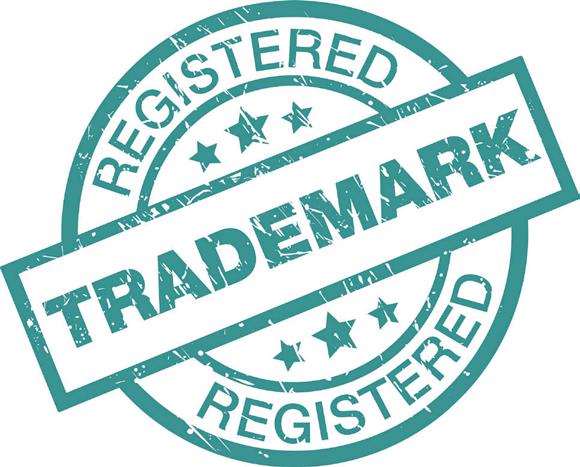10 tips to save money on
TRADIES INSURANCE Chances are you’re starting a new trades business
JobKeeper Changes coming in September Don’t let your business become a
ZOMBIE COMPANY
Volume and Profits Don’t Necessarily Go Hand in Hand
www.aussiepaintersnetwork.com.au












